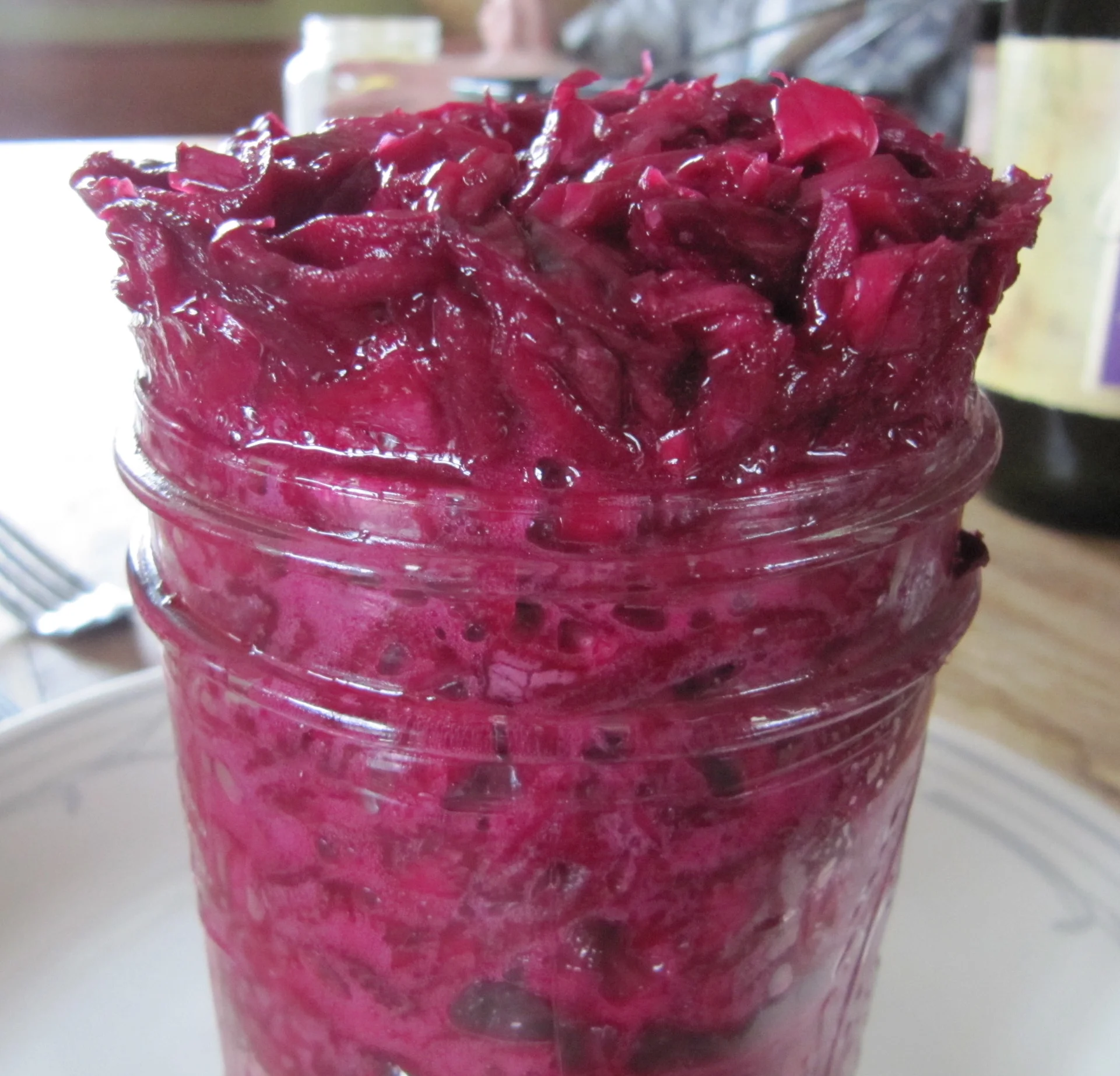Hello,
I am so glad I came across your website. I have a batch of red onion ferment I am not sure is safe to try. I have quite a bit of experience with kimchi, but this is the first time I have tried fermenting onion. The recipe was just onion and salt, and the onions were supposed to give enough juice to keep them covered, but they did not and so the top layer was exposed to air. They were fermenting for about 2 weeks at about 19 degrees C. A layer of white film developed on top of the onions. It smells like fresh yeast. I have never had this issue before. Any idea what is it, and is the onion safe to consume? Thanks so much,Magdalena Denenberg
***********************
Hello Magdalena,
Glad you found the site before you tossed the onions—they should be tasty. You are correct in that the film developed due to onions on that weren’t fully submerged under the brine. The is kahm yeast, harmless but not so tasty. You will want to scoop off this top layer and then the rest will be fine. I also suggest putting the good part in a smaller jar now that it is ready to refrigerate. Less air in the jar makes it less likely that you will see a film like this this.
Happy to help.
Enjoy the onions,
Kirsten
Can I still eat this sauerkraut?
Question :: When I pulled this beet sauerkraut out of the back of my refrigerator I found this this white growth on top. Is it still safe to eat? — Jane, CA
Answer :: It looks like you have two things happening on the top of the sauerkraut. The first is kahm yeast which is harmless but it makes the flavor quite "yeasty". The other issue appears to be mold. This is something you do not want to eat. Both of these things happen with the exposure to air and can be avoided by pressing your sauerkraut under the brine before storage. Also always use clean utensils.
Because of the condensation on the container it is difficult to see the sauerkraut that is under the affected area. It appears there are air bubbles throughout the kraut. If this is the case the entire batch may have been exposed to air in which case the molds and yeasts can move throughout the kraut. This sadly means it must move on to the compost pile.
When you are faced with a sauerkraut that has something undesirable on top you do not always need to throw the whole thing away. Often it is just the top layer and maybe the first inch of sauerkraut that must be composted. Everything under the brine is anaerobic and safe to eat.
The best thing to understand is if it is bad you will know it is bad. Flavor, color, smell—all your senses will let you know.
At the fermentation school Kirsten offers a simple Learn to Ferment Sauerkraut and Pickles class for $16, Learn to Make Fermented Hot Sauces for $35, a Mastering Fermented Vegetables for $78 and a special bundle of the last two for a discounted price of $93.








